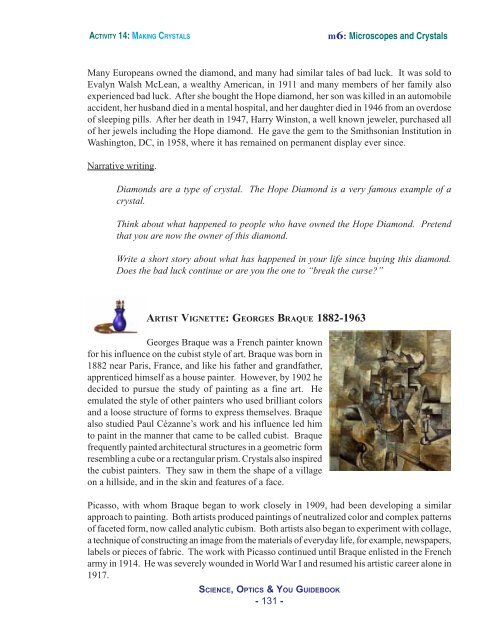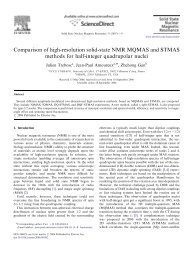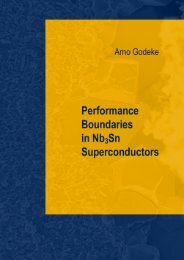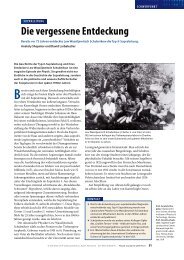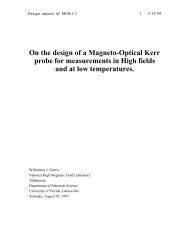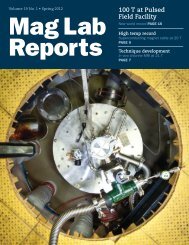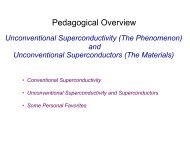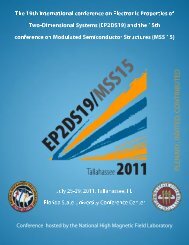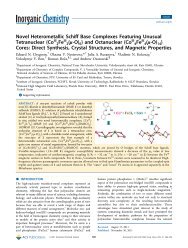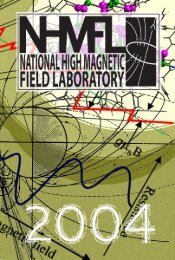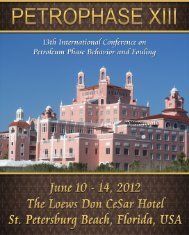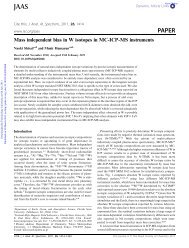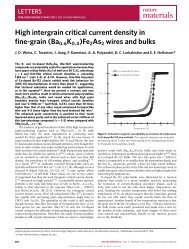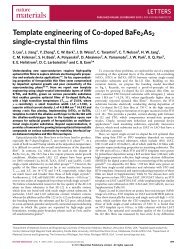Microscopes and Crystals - National High Magnetic Field Laboratory
Microscopes and Crystals - National High Magnetic Field Laboratory
Microscopes and Crystals - National High Magnetic Field Laboratory
You also want an ePaper? Increase the reach of your titles
YUMPU automatically turns print PDFs into web optimized ePapers that Google loves.
ACTIVITY 14: MAKING CRYSTALS<br />
m6: <strong>Microscopes</strong> <strong>and</strong> <strong>Crystals</strong><br />
Many Europeans owned the diamond, <strong>and</strong> many had similar tales of bad luck. It was sold to<br />
Evalyn Walsh McLean, a wealthy American, in 1911 <strong>and</strong> many members of her family also<br />
experienced bad luck. After she bought the Hope diamond, her son was killed in an automobile<br />
accident, her husb<strong>and</strong> died in a mental hospital, <strong>and</strong> her daughter died in 1946 from an overdose<br />
of sleeping pills. After her death in 1947, Harry Winston, a well known jeweler, purchased all<br />
of her jewels including the Hope diamond. He gave the gem to the Smithsonian Institution in<br />
Washington, DC, in 1958, where it has remained on permanent display ever since.<br />
Narrative writing.<br />
Diamonds are a type of crystal. The Hope Diamond is a very famous example of a<br />
crystal.<br />
Think about what happened to people who have owned the Hope Diamond. Pretend<br />
that you are now the owner of this diamond.<br />
Write a short story about what has happened in your life since buying this diamond.<br />
Does the bad luck continue or are you the one to “break the curse?”<br />
ARTIST VIGNETTE: GEORGES BRAQUE 1882-1963<br />
Georges Braque was a French painter known<br />
for his influence on the cubist style of art. Braque was born in<br />
1882 near Paris, France, <strong>and</strong> like his father <strong>and</strong> gr<strong>and</strong>father,<br />
apprenticed himself as a house painter. However, by 1902 he<br />
decided to pursue the study of painting as a fine art. He<br />
emulated the style of other painters who used brilliant colors<br />
<strong>and</strong> a loose structure of forms to express themselves. Braque<br />
also studied Paul Cézanne’s work <strong>and</strong> his influence led him<br />
to paint in the manner that came to be called cubist. Braque<br />
frequently painted architectural structures in a geometric form<br />
resembling a cube or a rectangular prism. <strong>Crystals</strong> also inspired<br />
the cubist painters. They saw in them the shape of a village<br />
on a hillside, <strong>and</strong> in the skin <strong>and</strong> features of a face.<br />
Picasso, with whom Braque began to work closely in 1909, had been developing a similar<br />
approach to painting. Both artists produced paintings of neutralized color <strong>and</strong> complex patterns<br />
of faceted form, now called analytic cubism. Both artists also began to experiment with collage,<br />
a technique of constructing an image from the materials of everyday life, for example, newspapers,<br />
labels or pieces of fabric. The work with Picasso continued until Braque enlisted in the French<br />
army in 1914. He was severely wounded in World War I <strong>and</strong> resumed his artistic career alone in<br />
1917.<br />
SCIENCE, OPTICS & YOU GUIDEBOOK<br />
- 131 -


